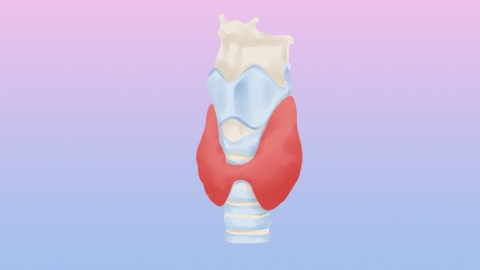How large does a thyroid nodule need to be to require treatment?
In general, whether a thyroid nodule requires treatment cannot be determined by size alone. A comprehensive evaluation should include the nature of the nodule, presence of symptoms, and growth rate. Nodules larger than 1 cm in diameter with suspicious features usually require further examination, while smaller nodules that appear benign and cause no symptoms often do not require immediate treatment. Detailed analysis is as follows:

If the nodule is small, with ultrasound showing regular shape, clear boundaries, absence of calcification, and other benign characteristics, and if it does not compress the trachea or esophagus or cause symptoms such as hoarseness, specific treatment is usually unnecessary. Instead, follow-up ultrasounds every 6–12 months are recommended to monitor changes in size and appearance.
If the nodule exceeds 1 cm in diameter, or even if smaller, shows suspicious ultrasound features such as unclear borders, calcifications, or abnormal aspect ratio suggesting malignancy, or if compressive symptoms are present, further evaluation is needed to determine its nature. If biopsy indicates malignancy or potential for malignant transformation, or if benign nodules continue to grow or cause worsening symptoms, timely interventions such as surgery or ablation should be considered.
In daily life, it is important to avoid excessive anxiety, maintain appropriate iodine intake through iodized salt, adhere to a regular sleep schedule, minimize factors that may irritate the thyroid gland, and attend regular follow-up appointments to monitor the nodule and adjust management strategies as needed.





